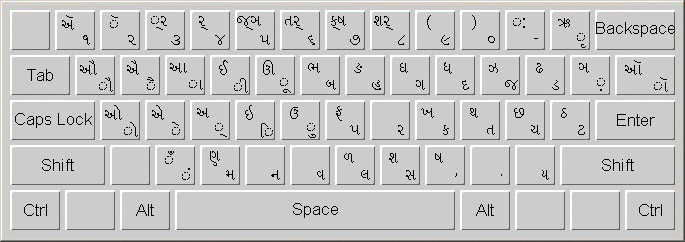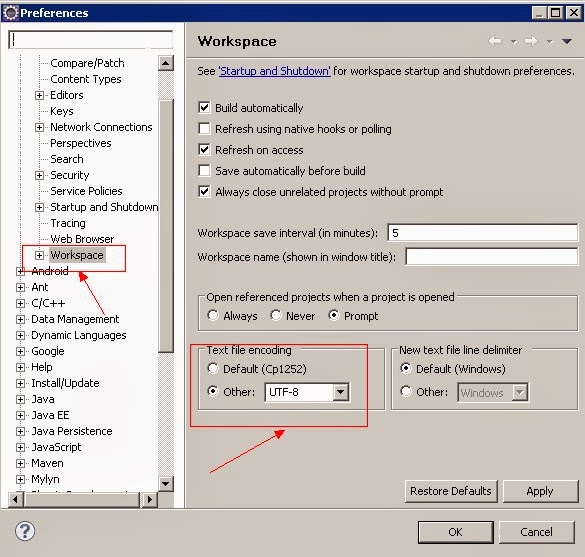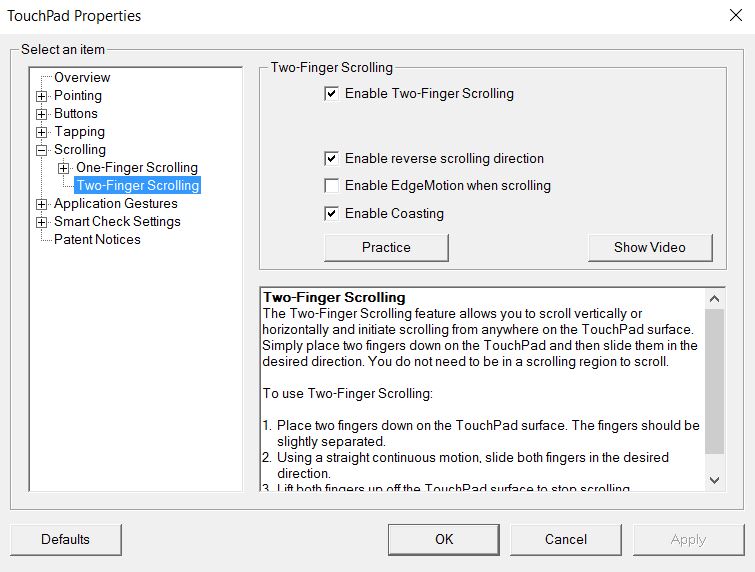

- #Windows typing utf codepoints how to#
- #Windows typing utf codepoints software#
- #Windows typing utf codepoints plus#
- #Windows typing utf codepoints windows#
Notepad supports UTF-16BE, UTF-16LE and UTF-8 with BOM. the type command), will have problems if you don't take into account what is supported by what. If you want to write any file in notepad and it has a character greater than what in UTF16 is referred to as \uFF, and you want to run commands in cmd.exe on that file, then some commands (e.g. Though many text editors might not give good support of 862. Or if doing everything from cmd you could use 862 or 65001. Easiest thing to do is use a text editor like notepad2 or notepad++, that supports UTF8 without BOM. Or you could use notepad, save it as Unicode UTF 16LE.

So you could use notepad save it as UTF8 (which is with BOM), then fiddle around to remove the BOM. The type command also supports any codepage specified/supported by CHCP. The type command supports UTF16LE as does notepad(What notepad calls Unicode, is UTF-16 LE), But pipes and redirection don't support that. And there is CHCP 862 (the old fashioned way as in MSDOS days way, of encoding Hebrew, that I mentioned)

There is CHCP 65001 (That's UTF-8 without BOM). CHCP doesn't support UTF-16(it doesn't support UTF16LE or UTF16BE). There is a CHCP 1200 (UTF-16LE) and 1201(UTF-16BE), but neither are supported, if you try it it will say invalid codepage (tested in win7). But if you used some other program to change the encoding of cmd eg the c# compiler has a switch that changes it, then it's best to change it with chcp so you know both encodings are set ). If you run the command chcp 850 it will change both the input and output encodings. 850, it's telling you the input encoding. (Note that if CHCP tells you you are on a particular codepage, e.g. Pipes are limited to the encodings that can be specified by the CHCP Command. If using cmd.exe you really need pipes to work 'cos pipes are important. And cmd is a bit limited in regard to some commands like 'type', and in regard to pipes and redirection. Of all these I tried to add, only 3 added(are supported by cmd)Ĭourier New, DejaVu Sans Mono, Droid Sans MonoĭejaVu Sans Mono and Droid Sans Mono are downloadable, supported by cmd, might have some good unicode support/characters, but don't include Hebrew Raster is a default not listed here maybe 'cos it's a TTF
#Windows typing utf codepoints how to#
This is a good example of how to install fonts, but I should remove a lot of these entries, because most of them didn't get added to cmd because cmd didn't support them. So add Courier New to the command prompt. The default fonts are consolas, lucida, raster, none of them support hebrew.

#Windows typing utf codepoints windows#
In the above code, the # represents the Windows key.The Font Courier New supports hebrew and can be added to the command prompt. The script below gives you a unicode question mark (?) whenever you press Windows + / Simply install AutoHotKey, and add a line of script for each special character you want to use. No need to edit the registry OR type codes. There’s a very simple solution to this problem. Greek letters in HTML, XML, TeX, and Unicode.Easy to use.Ĭons: Requires installing software. Pros: Works everywhere (as far as I’ve tried). Type the numeric value of the character in the box, click the Send button, and the character will be inserted into the window that had focus when you clicked Alt-plus.
#Windows typing utf codepoints plus#
Once installed, the window below pops up whenever you hold down the Alt key and type the plus sign on the numeric keypad. This worked with every application I tried, including Internet Explorer. UnicodeInputĪnother option is to install the UnicodeInput utility. It’s awkward to hold down the Alt key while typing several other keys. You cannot see the numbers you’re typing.
#Windows typing utf codepoints software#
No software to install.Ĭons: Requires a registry edit and a reboot. This approach worked with most applications I tried, including Firefox and Safari, but did not with Internet Explorer. When you release the Alt key, the symbol will appear. First create a registry key under HKEY_CURRENT_USER of type REG_SZ called EnableHexNumpad, set its value to 1, and reboot. Then you can enter Unicode symbols by holding down the Alt key and typing the plus sign on the numeric keypad followed by the character value. Alt – +Īnother approach which works with more applications is as follows. It’s handy to be able to go the opposite direction, looking up Unicode values for characters.Ĭons: Does not work with many applications. You can see the numeric value before you turn it into a symbol. This also works in applications that use the Windows rich edit control such as WordPad and Outlook. You can also see the Unicode value of a character by placing the cursor immediately after the character and pressing Alt-x. In Microsoft Word you can insert Unicode characters by typing the hex value of the character then typing Alt-x. See the next post for entering Unicode characters in Linux. Here are three approaches to entering Unicode characters in Windows.


 0 kommentar(er)
0 kommentar(er)
